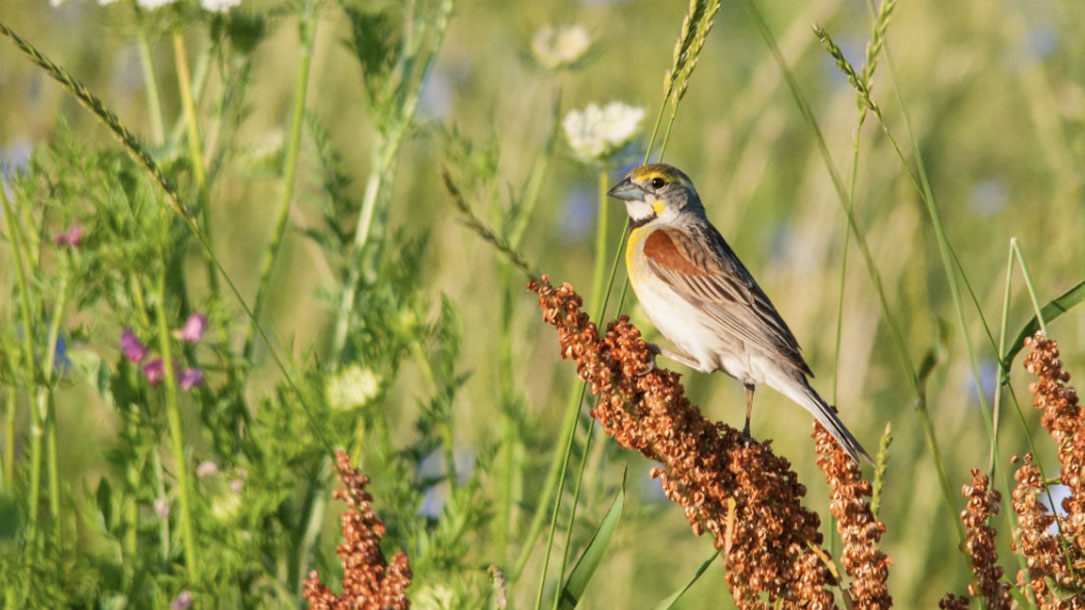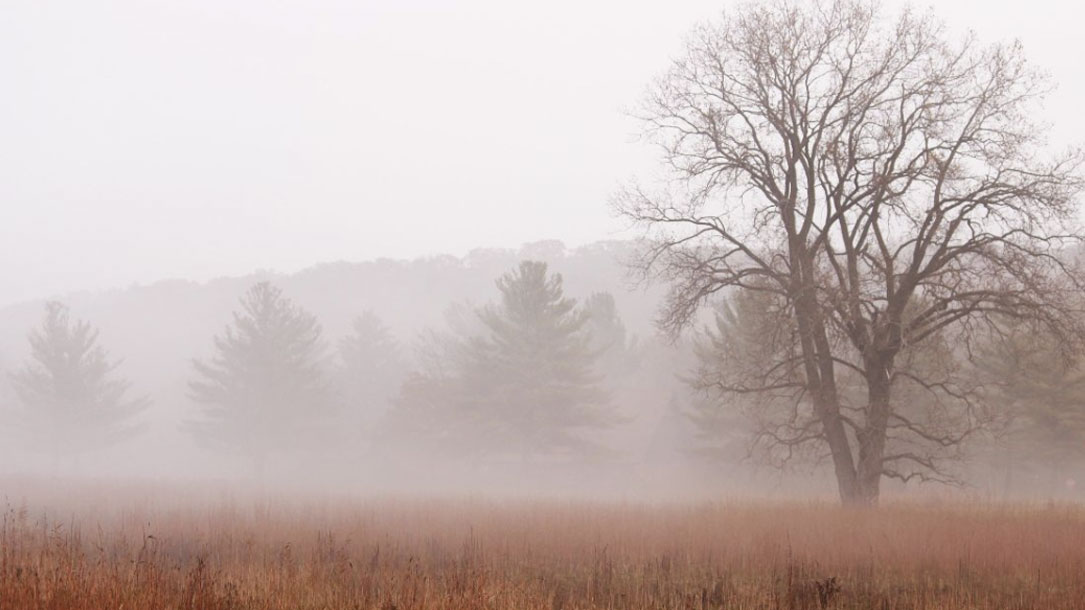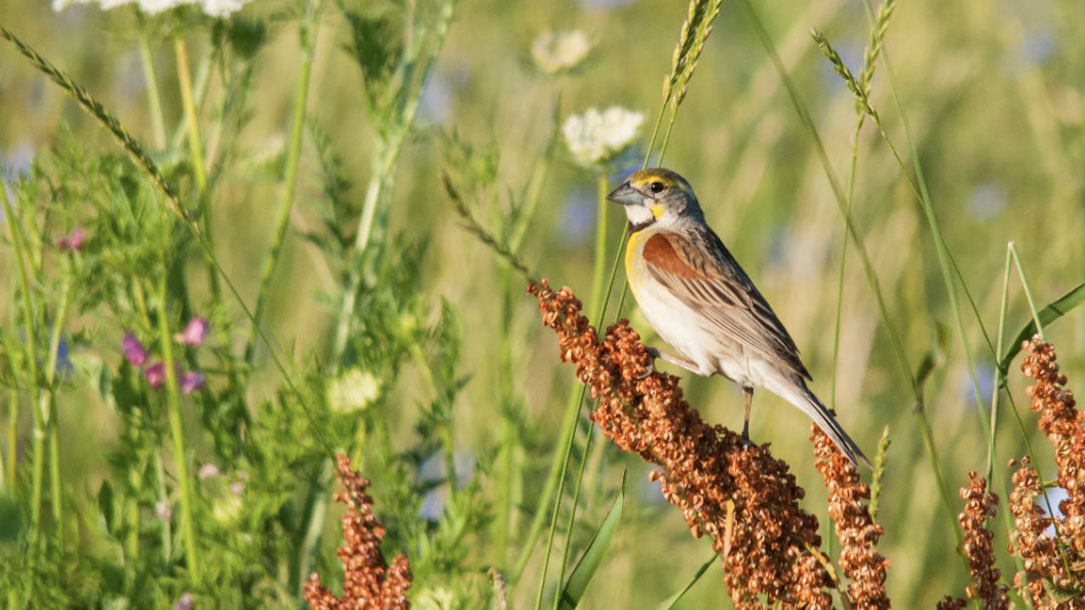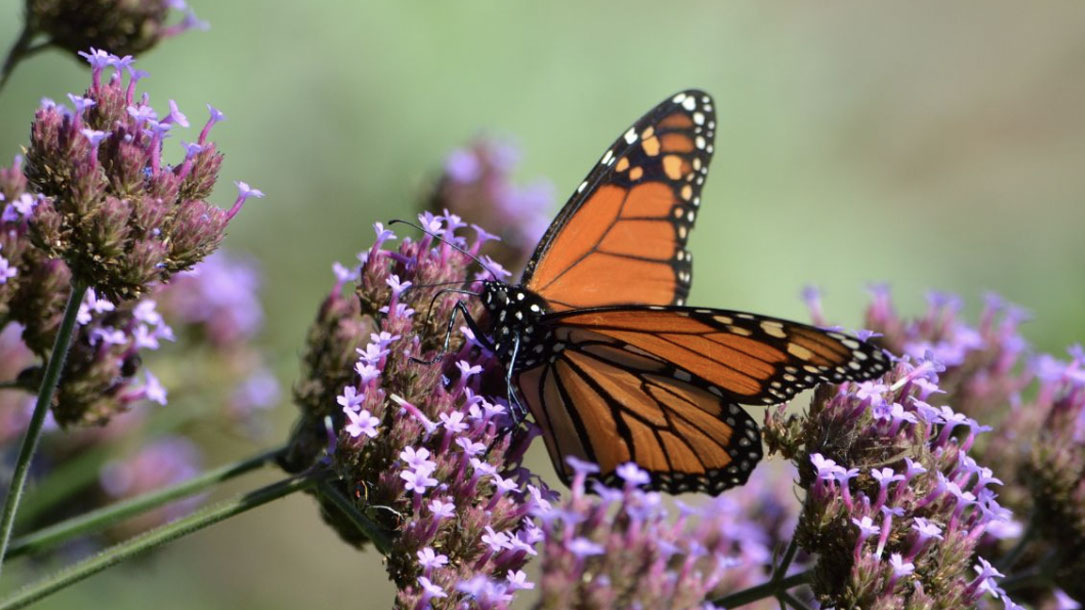Home > Climate News >

Heat waves may limit mating in birds, but can behavior mitigate the effects of climate change?
Scientists are racing to understand how animals respond to climate change, including the increasing prevalence and intensity of heat waves. Heat waves can be lethal, even for endotherms (warm-blooded animals) that internally regulate their own temperatures. But what about the sub-lethal effects of heat that do not kill animals but still might influence their ability to thrive in our changing world?
Behavioral and physiological effects of heat are likely but have been missing from recent high-profile studies on climate change. Researchers from Indiana University Bloomington and the University of Tennessee Knoxville recently teamed up to examine how heat and behavior interact to affect physiology…

Assisted migration project
The following is an excerpt from their website:
“Continued climate warming will disrupt our forests and their ability to lessen the impact of high CO2 levels. We will lose our cool adapted evergreens and hardwoods which, in turn, will change the nature of the forest and everything in and around it. The Mousam Way Land Trust is initiating a project to plant warm-adapted southern tree species on our reserves in anticipation of this radical change. In time these southern replacements will become part of the forest and restore some balance.
You are invited to help us go one step farther by planting these replacements in your own landscape from which they will eventually spread…”

Assisted migration
Trees are adapted to specific combinations of environmental and climatic conditions that allow them to grow, thrive, and reproduce. Climate change is already altering conditions across the planet, and changes are expected to continue in the decades to come. The rapid pace of climate change may exceed the ability of many species to adapt in place or migrate to suitable habitats, and this fundamental mismatch raises the possibility of extinction or local extirpation. Assisted migration, human-assisted movement of species in response to climate change, is one management option that is available to address this challenge. This topic page will examine some of the scientific background and management considerations related to assisted migration, focused primarily on tree species.

Climate change affects bird nesting phenology: comparing contemporary field and historical museum nesting records
Global climate change impacts species and ecosystems in potentially harmful ways. For migratory bird species, earlier spring warm-up could lead to a mismatch between nesting activities and food availability. CO2 provides a useful proxy for temperature and an environmental indicator of climate change when temperature data are not available for an entire time series.

Increasing climatic decoupling of bird abundances and distributions
Species differences in climate matching trends were related to their ecological traits, particularly habitat specialization, but not to average rates of climate and land use change within the species’ ranges. Climatic decoupling through time was particularly prominent for birds that were declining in abundance and occupancy, including threatened species….

As climate shifts, species will need to relocate, and people may have to help them
Climate change is already affecting plants and animals worldwide and is a growing threat to biodiversity, adding a new layer to the existing challenges of habitat loss, invasive species, pollution, and overexploitation. A new study surveyed the recommendations of scientists for managing biodiversity in the face of climate change, providing a summary of practical guidance and identifying areas in need of further research…

Climate change affects bird nesting phenology
Global climate change impacts species and ecosystems in potentially harmful ways. For migratory bird species, earlier spring warm-up could lead to a mismatch between nesting activities and food availability. CO2 provides a useful proxy for temperature and an environmental indicator of climate change when temperature data are not available for an entire time series…

Birds are laying their eggs a month earlier, and climate change is to blame
A new analysis published in the Journal of Animal Ecology shows that the average egg-laying dates have moved up by nearly a month for 72 species of birds in the Upper Midwest region…
The animals studied aren’t just early birds: they are sensitive to climactic shifts. The researchers found that small changes in temperature — approximated using carbon-dioxide data from over the years — affected birds’ laying patterns…

Research shows solar habitat installations support pollinators
Join Monarch Joint Venture, Connexus Energy, MNL, and Fresh Energy for a free webinar where they dig into the new study, “Monitoring Pollinators on Minnesota Solar Installation,” which used field data collection practices to document an abundance of bees, butterflies, moths, flies, and wasps utilizing pollinator-friendly solar habitat in Minnesota. We’ll also discuss seed mixes and biodiversity benefits, how utilities and co-ops can lead, and more.

Monitoring pollinators on Minnesota solar installations
The researchers in this study used field data collection practices to document an abundance of bees, butterflies, moths, flies, and wasps utilizing pollinator-friendly solar habitat in Minnesota.












